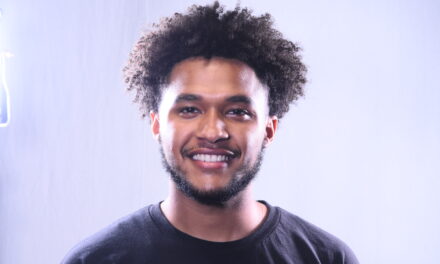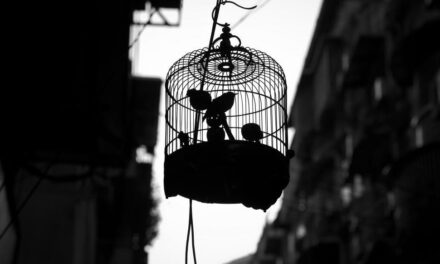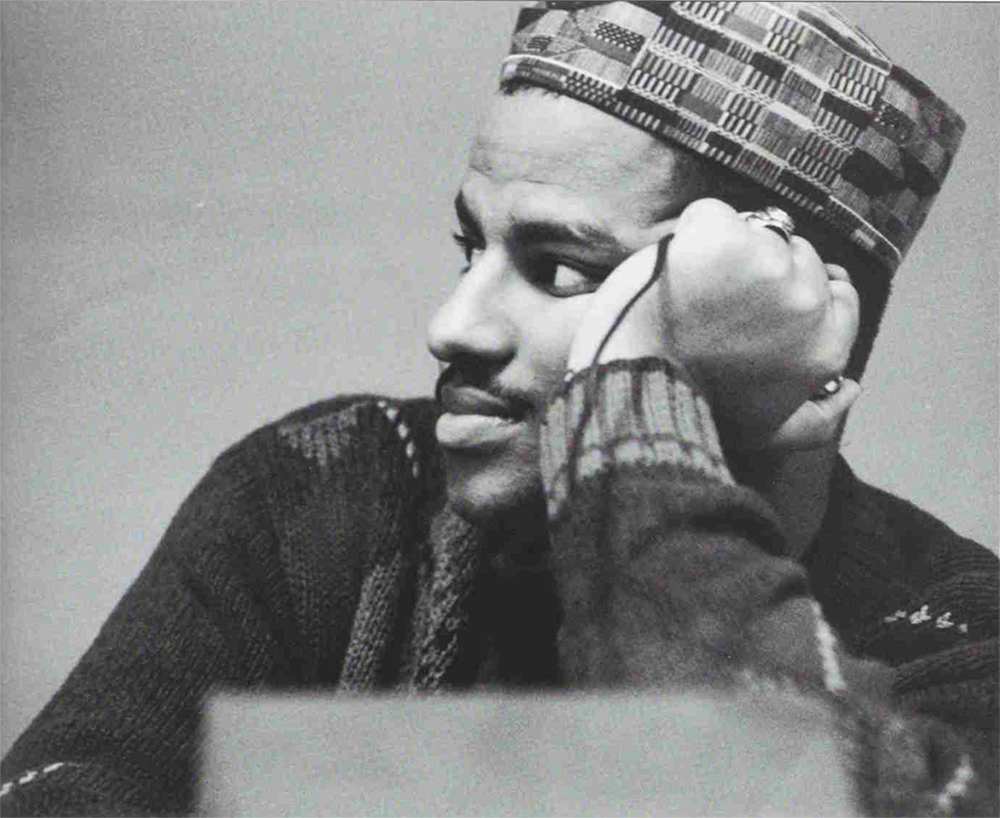 DeErricka Green | Managing Editor
DeErricka Green | Managing Editor
In celebration of Halloween, junior members of the Duke Women’s Lacrosse team hosted a party and costume contest at head coach Kerstin Kimel’s house. The women decided to dress as characters from The Little Rascals. This meant someone had to portray Buckwheat, which of course meant, that someone had to be in blackface. Junior, Taylor Virden donned the costume for the night.
Photographs of the rascals were uploaded to the Duke athletic website, but were taken down earlier this month. The team and coaches have since apologized for the photo, Kimel saying that some of the costume choices were “insensitive and inappropriate.” She also commented that, despite the party being hosted in her home, the team members should have realized how the pictures would be viewed.
Blackface is traced back to the white working-class during the 1820s. The performers who blacked their faces and mimicked Afrikan-American dance and music, laughingly perpetuated grotesque and dehumanizing stereotypes of the people. The beliefs passed on through minstrel shows spread throughout the world, and even had a place on N.C. State’s campus until as late as the 1960s. A group of wives of N.C. State students organized minstrel shows as members of “State’s Mates.” They portrayed Afrikan -Americans by dressing in blackface and depicting stereotypical caricatures such as the “Mammy.” They also portrayed Native Americans as the “Wolfpack Squaws.” According to the State of History website, which serves as a digital history of student life based on the materials of the Special Collections Research Center, these minstrel shows were “a playful opportunity to represent oneself as ‘others’” and earned these women “the good wife diploma.”
Almost 60 years later, society has, arguably, not come too far from this point. Whether it’s the entertainment industry trying to be sensational or white fraternity/sorority girls and boys playing dress up for Halloween, blackface has not disappeared. It is still about presenting stereotypical, exaggerated “black behavior.” The blackface itself by whites, no matter if the intent is joking or not, is a mockery of Afrikan-Americans because it reduces them to one critical feature: their skin.
“Culture costumes” refer to one-dimensional caricatures that are not authentic. They represent a time when minorities were considered the “exotic” and the “other.” They take distinct traditions of people such as Native Americans, Hispanics and Asians, without taking into account the origins of those traditions, then turn them into sources of entertainment. What does that tell us about our society that amongst scary costumes such as witches and vampires, racialized costumes have become a staple? These choices normalize “whiteness,” because who dresses up as a businessman or a soccer mom? These costumes do nothing but reinforce inaccurate ideas about cultural communities and dehumanize the individuals they attempt to represent.
“I’m a concerned Native woman who simply wants to educate,” Brittany Hammonds, a member of Alpha Pi Omega Sorority, Inc., a historically Native American organization, said in response to this issue. “I want people to be aware that my history is not a joke and that my culture is not a costume. I do understand that there will always be ignorance in the world, but as a Native American, I plan on doing all that I can to ensure that some of that ignorance becomes eliminated and, more importantly, [people become] educated.”
There are those who believe that blackface is so offensive it should be erased from the cultural record. It is said to be an example of history that is “best forgotten.” But the truth is that no history is best forgotten. It’s foolish, dangerous, and insulting to censor historical events society is not comfortable remembering. You’ve made your bed, Amerikkka. Now you have to lie in it.
Take these historical truths and use them to educate. Lack of education is one of the reasons people have no idea why critics are being so “sensitive.”





